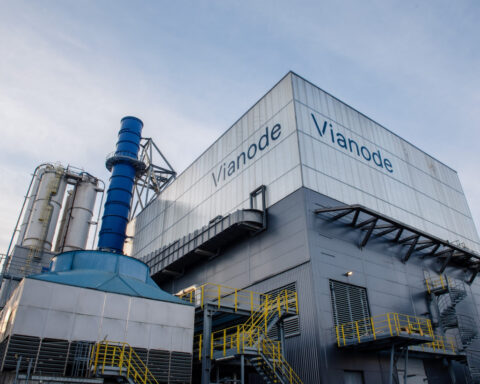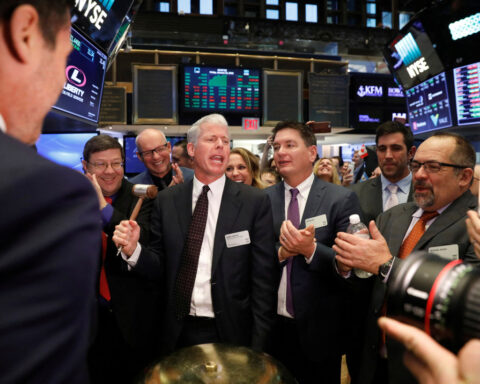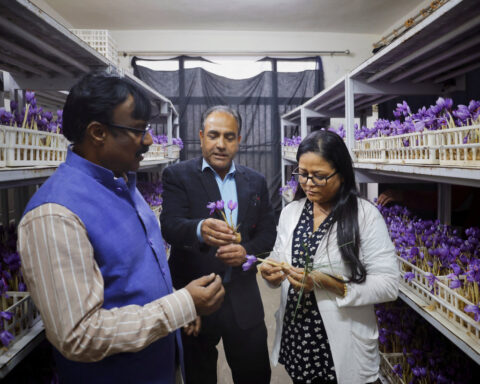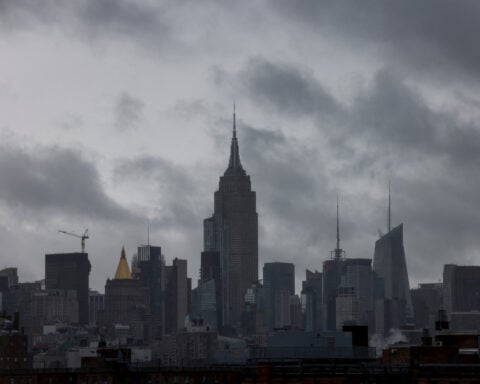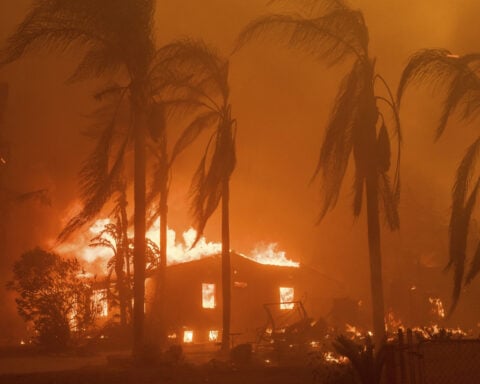WASHINGTON (AP) — The Environmental Protection Agency is imposing stricter limits on a chemical used to sterilize medical equipment after finding a higher-than-expected cancer risk at facilities that use ethylene oxide to clean billions of devices including catheters and syringes.
A rule finalized Thursday will reduce ethylene oxide emissions by about 90% by targeting nearly 90 commercial sterilization facilities across the country, the EPA said. The companies will also have to test for the antimicrobial chemical in the air and make sure their pollution controls are working properly.
The new rule will "safeguard public health from this pollution – including the health of children, who are particularly vulnerable to carcinogens early in life,'' said EPA Administrator Michael Regan. “We’ve arrived at a historically strong rule that will protect the most exposed communities from toxic air pollution while also ensuring ... safeguards (to) our nation’s critical supply of sterilized medical equipment.”
The American Lung Association called the rule an important step forward to protect human health from cancer caused by ethylene oxide emissions.
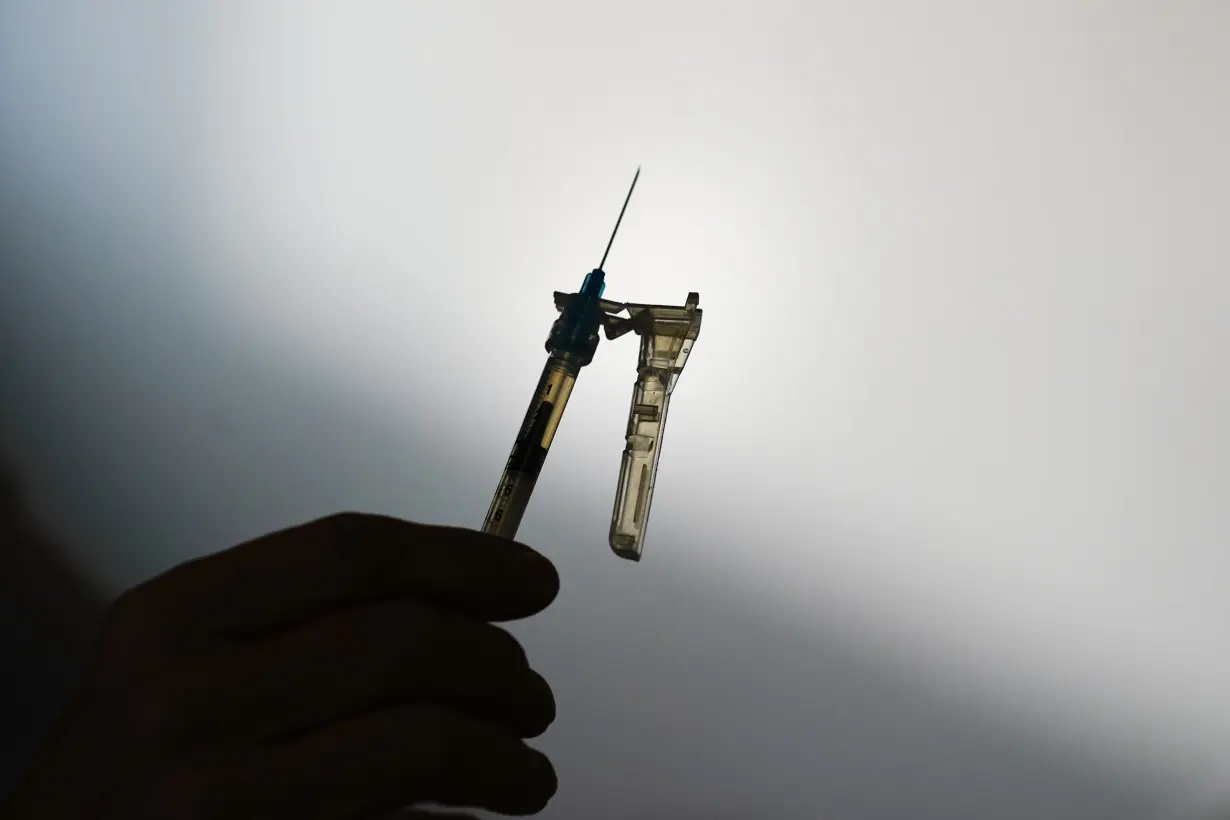
“The science on health risks from ethylene oxide shows both short-term and long-term exposure are dangerous for health,'' said Harold Wimmer, the group's president and CEO.
People who live near commercial sterilization facilities are more likely to develop cancer over their lifetimes, Wimmer said, adding: “No one should have to live with elevated cancer risk because of air pollution in their community.''
Patients with lung disease and other health problems “also need access to safe and clean medical supplies,'' he said. “We appreciate the work EPA put into ensuring that this final rule both cleans up harmful emissions and ensures continued access to sterilized medical equipment.''
Darya Minovi, a senior research analyst with the Union of Concerned Scientists, called the EPA action overdue.
“For far too long, communities across the country — especially Black and Brown people and those who do not speak English as a first language — have been exposed to the cancer-causing chemical ethylene oxide,'' Minovi said in a statement.
“Make no mistake: politically powerful industries sought to weaken the rule’s health-protective standards, but the public health benefits that will be afforded to communities through this action are a testament to the efforts of grassroots advocates and public health experts who didn’t let up in their demands,'' she added.
The tightened safeguards are driven by the EPA’s better understanding that ethylene oxide’s threat is severe, Regan said. The chemical is classified as a pesticide. A worker in a medical sterilizing plant, over the course of a career, could see their risk shoot up by as much as one extra case of cancer for every 10 people exposed. The EPA’s generally acceptable increase in lifetime cancer risk is 1 in 10,000.
Ethylene oxide is a gas used to sterilize roughly half of all medical devices and is also used to ensure the safety of certain spices and other food products. It is used to clean everything from catheters to syringes, pacemakers and plastic surgical gowns. Brief exposure isn’t considered a danger, but breathing it long term elevates the risk of breast cancer and lymphoma, the EPA said.
In 2016, the EPA updated its assessment of ethylene oxide’s danger based on information about exposed workers at sterilizing facilities, finding the chemical was many times more threatening than previously known. Analysis released by the agency two years later found that cancer risk was too high near some medical sterilization plants and some other facilities that release ethylene oxide.
In 2022, the EPA laid out the risk faced by residents who live near medical sterilization facilities. In Laredo, Texas, for example, residents and activists fought to clean up a sterilization facility run by Missouri-based Midwest Sterilization Corp. It was one of 23 sterilizers in the United States that the EPA said posed a risk for people nearby.
Sterigenics, a major sterilization company, shuttered a medical sterilization plant in a Chicago suburb after monitoring found emissions spikes in nearby neighborhoods. They eventually settled numerous lawsuits.
Many facilities have sharply reduced ethylene oxide emissions in recent years, but those that haven’t will now have to meet stricter requirements, the EPA said.
The EPA said it worked closely with the Department of Health and Human Services and other agencies to develop a final rule that centers on public health. The rule provides sufficient time and flexibility for commercial facilities to come into compliance, while offering strong public health protection for nearby communities and minimizing any potential impacts to the medical device supply chain, officials said.
Health and Human Services Secretary Xavier Becerra hailed the rule as a victory for workers and fence-line communities that face ongoing dangers from ethylene oxide pollution.
Scott Whitaker, president and CEO of the Advanced Medical Technology Association, said medical sterilizers provide a vital service and many devices can't be sterilized by another method.
The industry group appreciates EPA's update and will be reviewing the rule, Whitaker said in a statement Thursday. The industry has emphasized the need for adequate time to implement the rule, “flexibility in technologies to remove emissions and the ability to achieve EPA targets that would not force resubmission of medical devices for FDA approval,'' Whitaker said.
He said he remains hopeful that the rule “will not have a negative impact on the healthcare system or the patients we serve.”

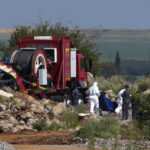 78 dead at abandoned South Africa gold mine that was scene of a standoff. Toll is expected to rise
78 dead at abandoned South Africa gold mine that was scene of a standoff. Toll is expected to rise
 China blacklists four U.S. companies for involvement in arms sales to Taiwan
China blacklists four U.S. companies for involvement in arms sales to Taiwan
 China, Sri Lanka agree more investment and economic cooperation
China, Sri Lanka agree more investment and economic cooperation
 Poland's leader accuses Russia of planning acts of terror against 'airlines over the world'
Poland's leader accuses Russia of planning acts of terror against 'airlines over the world'
 Portugal's growth likely accelerating, finance minister says
Portugal's growth likely accelerating, finance minister says
 Italy's Salvini faces calls to quit over late-running trains
Italy's Salvini faces calls to quit over late-running trains
 Look of the Week: Timothée Chalamet adopts London’s most stylish accessory
Look of the Week: Timothée Chalamet adopts London’s most stylish accessory
 Texas online porn age-verification law goes to US Supreme Court
Texas online porn age-verification law goes to US Supreme Court


